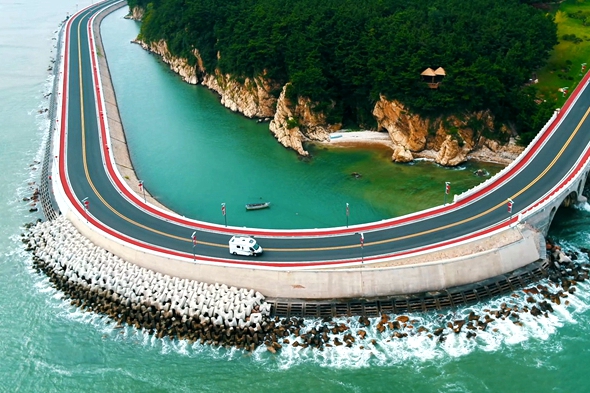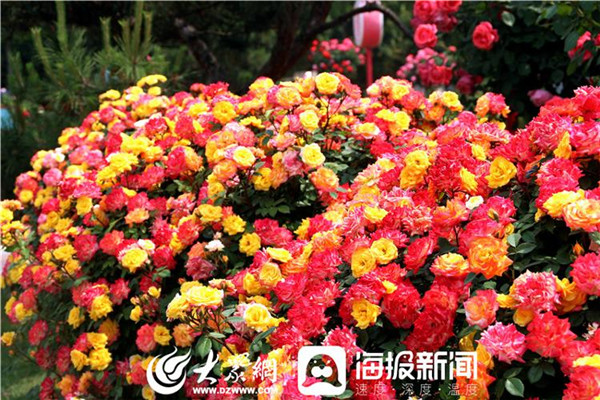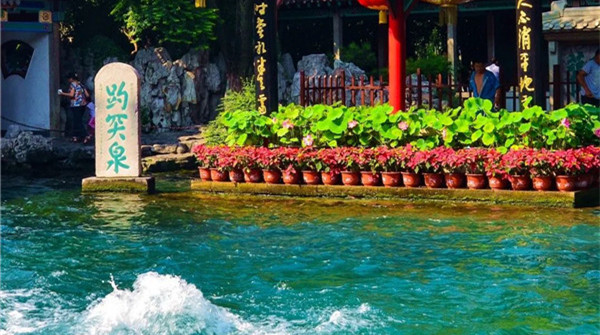Archeologists find 5,000-year-old giants
 |
|
Archeologists have been excavating the ruins of 104 houses, 205 graves and 20 sacrificial pits at Jiaojia village in Zhangqiu district, Jinan city. [Photo/Xinhua] |
Ruins of rows of houses in the area indicate that people lived quite comfortable lives, with separate bedrooms and kitchens, according to the excavations. Colorful pottery and jade articles have also been found, said Wang Fen, head of the Jiaojia excavation team.
The area was believed to the political, economic and cultural center of northern Shandong 5,000 years ago. Ruins of ditches and clay embankments were also found.
The Jiaojia ruins fill a cultural blank 4,500 to 5,000 years ago in the lower reaches of the Yellow River, said Wang Yongbo of the Shandong Provincial Institute of Archeology.
Archaeologists found obvious damage to the head and leg bones of some of the bodies and to pottery and jade articles in six large tombs. The damage may have been done not long after the burials and may be due to power struggles among high-ranking people.
Li Boqian, an archaeologist with Peking University, said the excavations showed Jiaojia in a transition phase, but proved the existence of ancient states 5,000 years ago in the basin of lower Yellow River.
The range of the Jiaojia site has been enlarged from an initial 240,000 square meters to 1 sq km. Currently, only 2,000 square meters has been excavated.
"Further study and excavation of the site is of great value to our understanding of the origin of culture in East China," said Zhou Xiaobo, deputy head of Shandong provincial bureau of cultural heritage.

 Nishan Forum on World Civilizations
Nishan Forum on World Civilizations Explore magnificent Yellow River culture in Shandong
Explore magnificent Yellow River culture in Shandong

